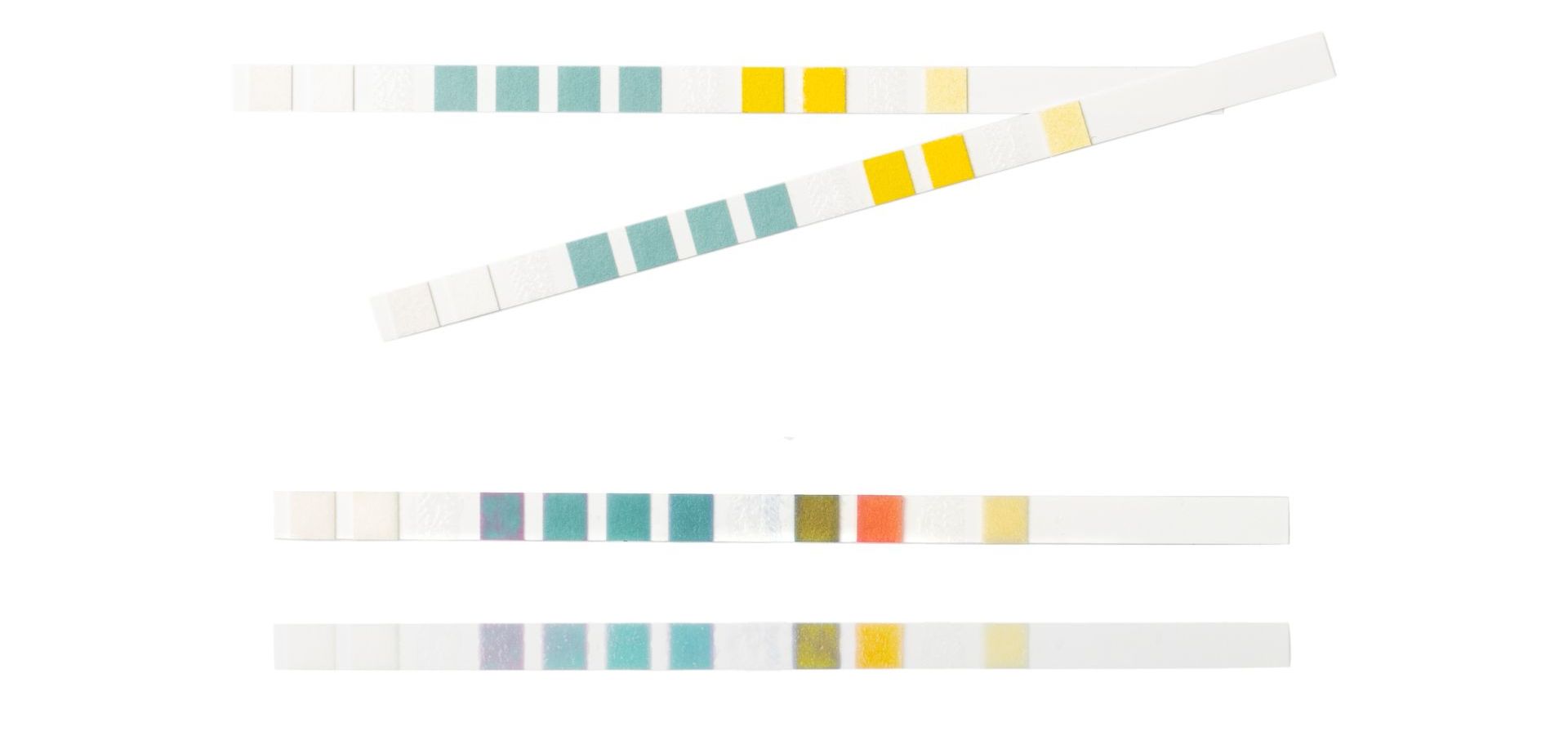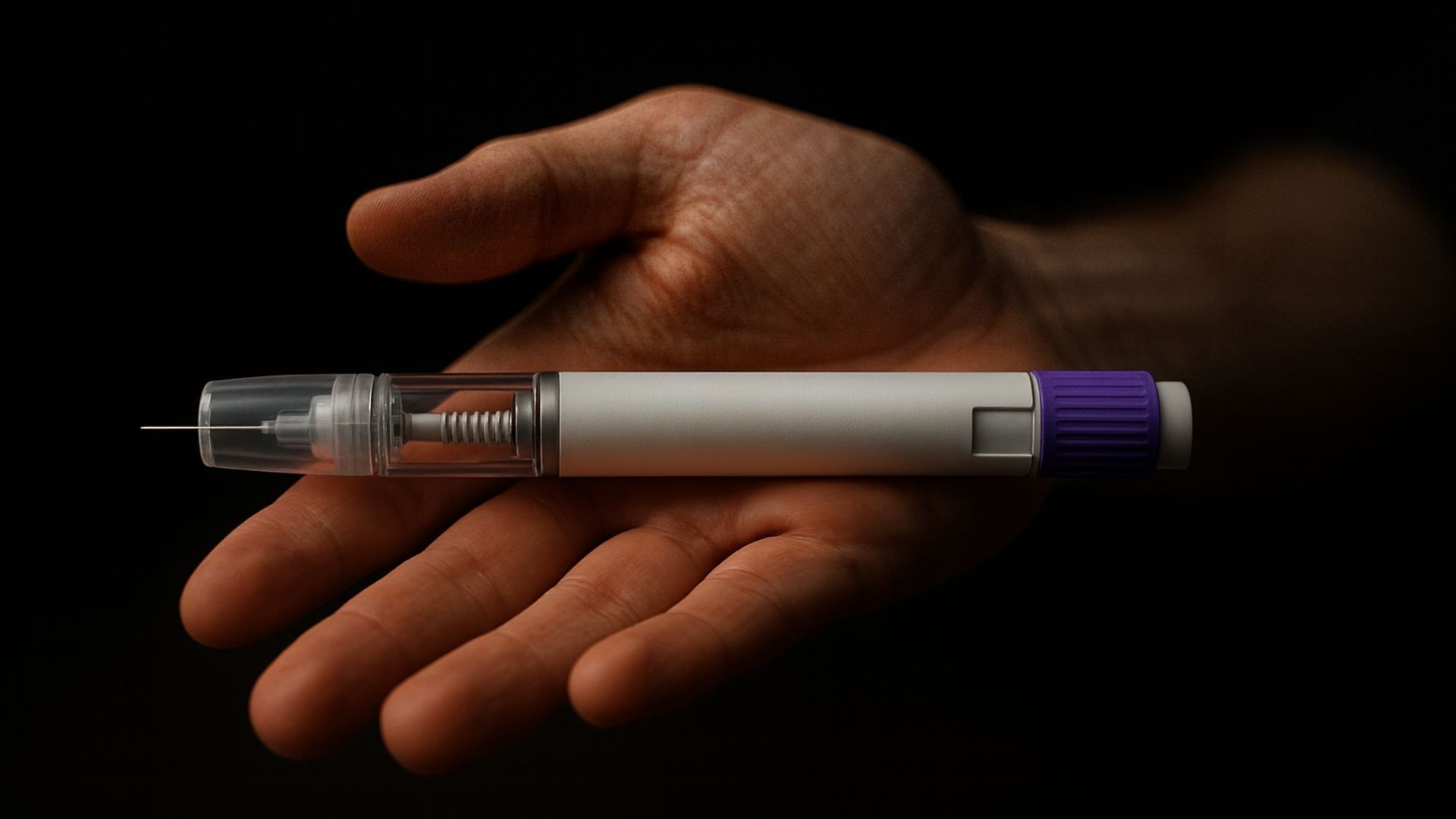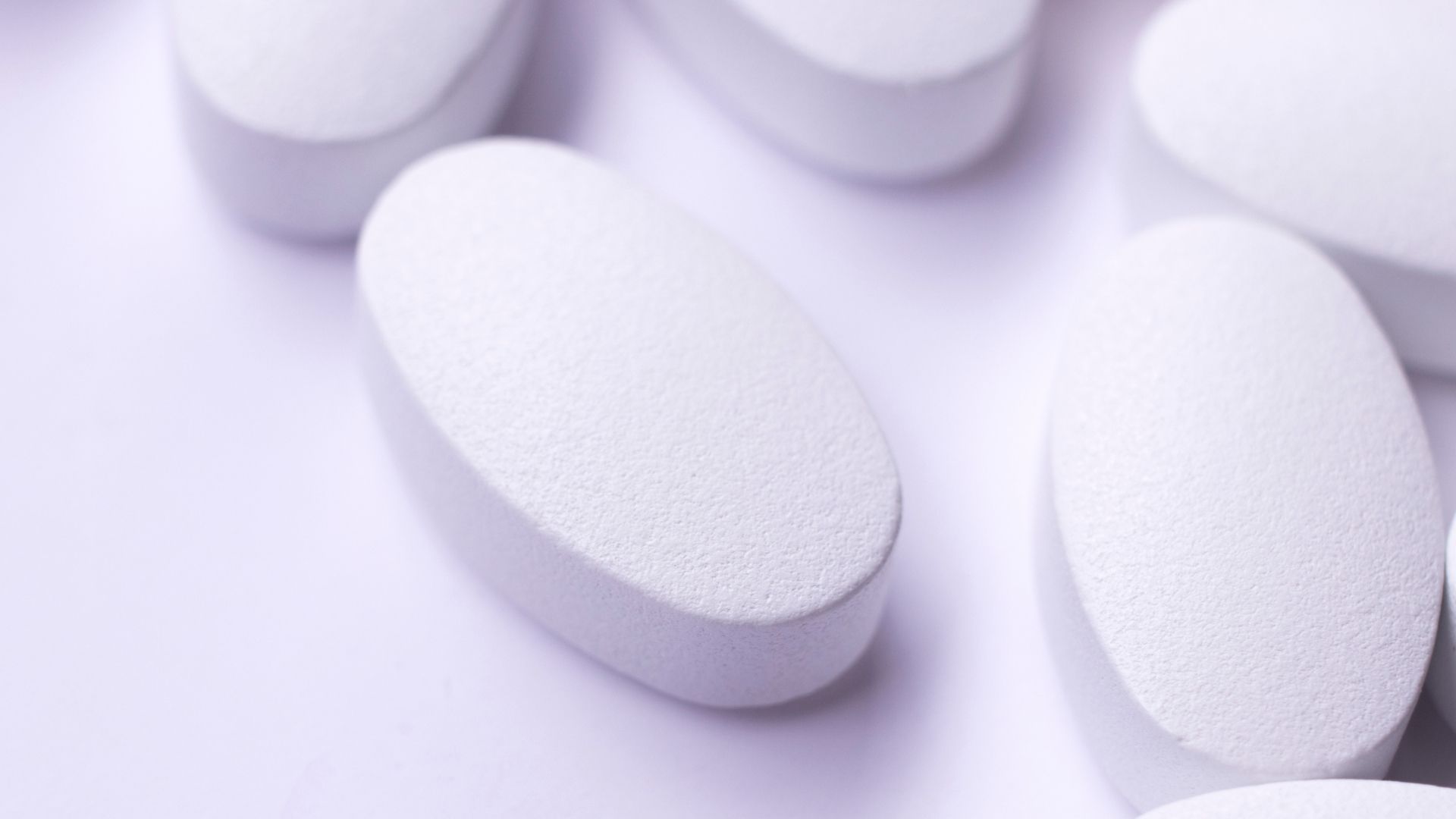Mounjaro ingredients: the full list explained
What are the ingredients in Mounjaro? What do they do? Join us as we explore the ingredients list in detail.
Are you considering treatment with Mounjaro? Are you curious about what's in the injections?
When you receive your Mounjaro pens, they'll come with a patient information leaflet (PIL) that tells you exactly what's in the medication. However, the PIL doesn't necessarily tell you what these ingredients are for.
That's where we can help. In this guide, we look at the full list of Mounjaro ingredients and explain exactly what they do.
Mounjaro ingredients list
Mounjaro comes as a KwikPen. This is a pen-shaped device that makes it easy to inject yourself with the medication at home.
Each KwikPen is pre-loaded with enough medication to last four weeks. The ingredients that make up the medication are as follows:
Tirzepatide
Sodium phosphate dibasic heptahydrate
Benzyl alcohol
Glycerol
Phenol
Sodium chloride
Sodium hydroxide
Concentrated hydrochloric acid
Water
Let's look at these ingredients one by one, starting with the active (main) ingredient.
What's the active ingredient in Mounjaro?
Mounjaro's main ingredient is tirzepatide.
When we say 'main ingredient', we don't mean 'there's more tirzepatide than anything else'. Instead, we mean 'the ingredient that causes the medical effects'. In medicine, this type of ingredient is known as the 'active ingredient'.
Tirzepatide is an incretin mimetic – it works by mimicking natural hormones in the body called 'incretins'. These hormones are involved in making us feel full and regulating blood sugar levels, among other things.
Tirzepatide mimics two incretins: GLP-1 and GIP. When you take Mounjaro, your body treats the tirzepatide like these incretin hormones. This means you'll feel full even when you haven't eaten – and because your blood sugar is better regulated, you're less likely to get food cravings.
Other ingredients in Mounjaro (inactive ingredients)
These ingredients are known as 'inactive ingredients' because they don't have an effect on you.
You'll find inactive ingredients in all medications. They're included for various reasons, such as coating pills, helping medicine last longer and changing the flavour. Sometimes, inactive ingredients are an essential part of the medicine – the active ingredient wouldn't work properly without them.
Sodium phosphate dibasic heptahydrate
Don't let the mouthful of a name fool you. Sodium phosphate dibasic heptahydrate is a type of salt that's commonly used in medicine.

In medications, sodium phosphate dibasic heptahydrate is often used as a buffer. A buffer is a solution that helps regulate the pH level of a medicine. In other words, it stops it from getting too acidic (low pH) or too alkaline (high pH). Getting the pH of a medicine right is important because the wrong pH can cause pain or irritation.
Sodium phosphate salts are also used to help keep the tiny pieces of an active ingredient properly suspended in a solution. Without ingredients like these, the active ingredient could settle in the bottom of the syringe or injection pen.
Benzyl alcohol
Benzyl alcohol is a naturally occurring alcohol, found in many plants, fruits and essential oils.
It's commonly used in medicine because of its low toxicity (harmfulness). If you see benzyl alcohol in an injectable medication, it's usually there as a preservative – a substance that helps the medication last longer.
Benzyl alcohol can also be used as a local anaesthetic (to numb parts of the body) and as an ingredient in perfumes and skin creams.
Glycerol
Glycerol is also a naturally occurring alcohol. And like benzyl alcohol, it's common in medicine because of its low toxicity.
In injections, glycerol is often used as a stabiliser. A stabiliser is a type of preservative. It prevents chemical reactions from happening within the medication (which might make it less effective) and stops the medication from sticking to its container.
You might have heard of glycerine. Glycerol and glycerine are the same substance – the only difference is that glycerol is completely pure, while glycerine is usually about 95% pure.
Phenol
Phenol is a very weak acid that has many uses in medicine. For example, it's used to manufacture many types of drugs and was once widely used as an antiseptic (to prevent infections).
In injectable drugs, it usually acts as a preservative.
Sodium chloride
Sodium chloride is a type of salt. But it's not just any type of salt – it's the same salt that you might shake onto your chips or sprinkle into a spaghetti bolognese.
Like its tongue-twisting cousin, sodium phosphate dibasic heptahydrate, sodium chloride is commonly used as a buffer. It's usually there to regulate pH levels in the drug solution.
Sodium hydroxide and hydrochloric acid
We'll cover these two Mounjaro ingredients together because they're nearly always used together.
Sodium hydroxide and hydrochloric acid are added to injectable medications to make sure the pH level is just right. Think of it as a balancing act – if the medicine tips too far one way (acidic), you add sodium hydroxide. If it tips too far the other way (alkaline), you add hydrochloric acid.

The result is a medication that's perfectly pH-balanced. The sodium hydroxide and hydrochloric acid are all but gone – they've neutralised one another to achieve that perfect balance.
This is important to know because sodium hydroxide and hydrochloric acid can sound a little scary. Sodium hydroxide is a powerful alkali that's very corrosive in its pure form. And hydrochloric acid is the same acid that's found in our stomachs – but you wouldn't want it on your skin.
However, by the time a medication reaches you, these ingredients have reacted together to create water and harmless salts.
Are any of the ingredients in Mounjaro unsafe?
No – not for the vast majority of people.
The active ingredient, tirzepatide, has been through extensive clinical trials to provide its safety and efficacy (effectiveness). And even as the drug is rolled out, doctors are paying close attention to patients to make sure there are no unexpected side effects.
All of the inactive ingredients, meanwhile, have been commonly used in medications for years. There's nothing in Mounjaro that you wouldn't find in other injectable medications. And some of the ingredients, such as benzyl alcohol and sodium chloride, are commonly found in the natural world.
For reasons and more, taking Mounjaro is considered safe when the drug is prescribed by a doctor.
However, there are some situations where taking Mounjaro could cause harm to you or others. These include:
If you're allergic to any of the ingredients in the medication
If you take certain diabetes medications (Mounjaro can react with these medications)
If you're pregnant or breastfeeding (we don't know if Mounjaro harms unborn babies or is passed into breast milk)
If you have a history of certain conditions, such as pancreatitis
If you take the SemaPen online consultation, we'll ask questions about your allergies, lifestyle and medical history to make sure it's safe to start treatment.
SemaPen specialises in non-surgical weight loss treatments, including Mounjaro. Our treatment programmes are designed by doctors in the UK and come with a money-back guarantee.* To learn more, explore our Mounjaro medication programme.












